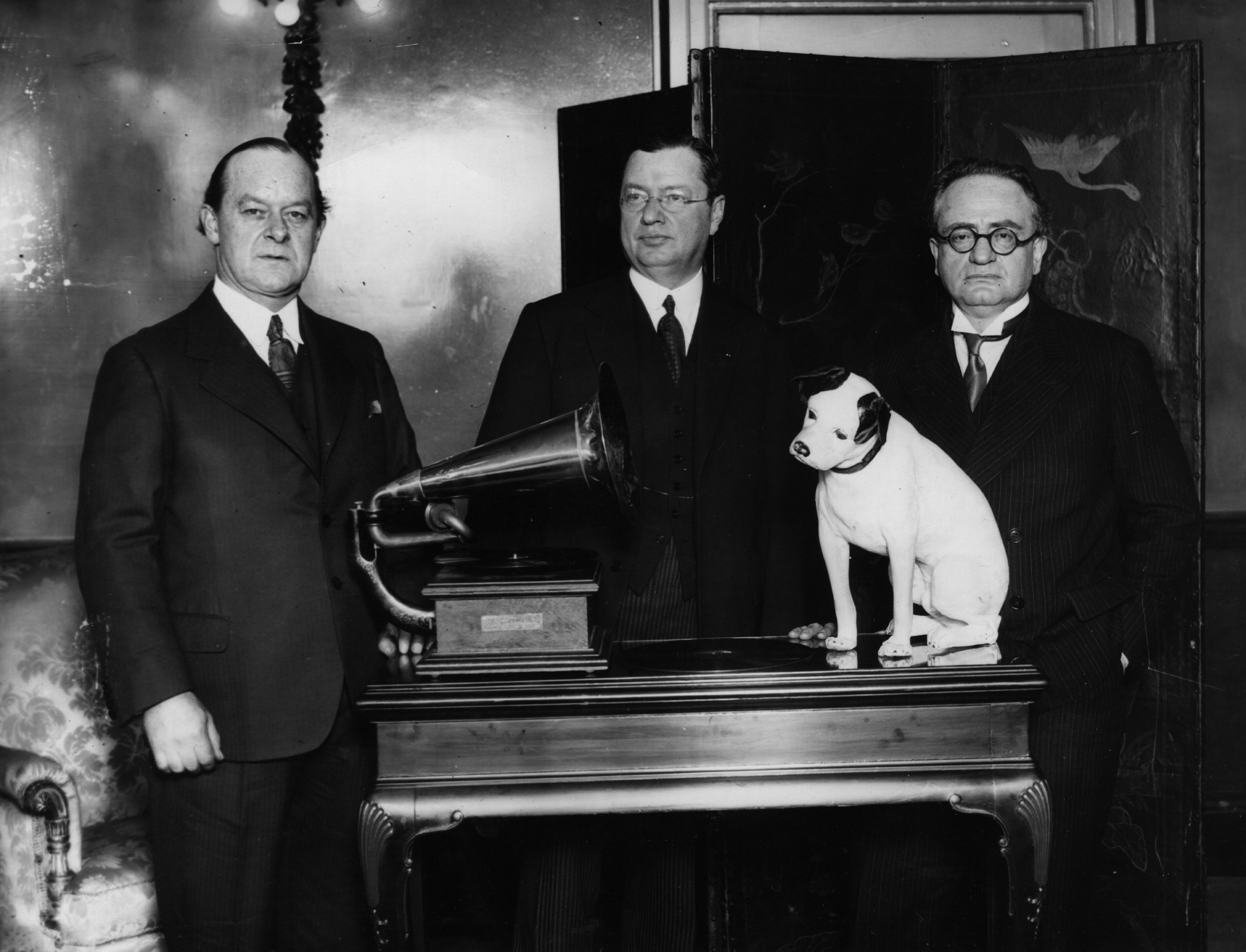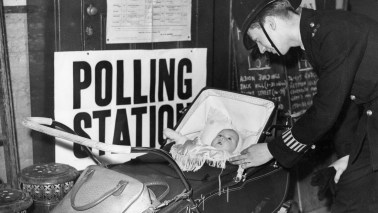How many people presently lamenting the demise of HMV (at least in its current incarnation) actually spent any money there these past, say, five years? Not too many, I suspect. And for good reason: HMV was not, by its end, very good. If it had been wiser or less complacent, it might have been better placed to survive.
But here’s the thing: HMV was not merely the victim of technological change and new customer preferences it was also the wrong size. Because it had stores in most of Britain’s largest towns and cities and because it had been around for a long time we tend to think of HMV as a large company. But it wasn’t a large company. Like Borders and JJB Sports and all the other chains Shiraz Maher mentions it was just a medium-sized company ill-equipped for today’s tough commercial environment. HMV was too large to thrive and too small to survive.
It was neither one thing nor the other. Neither large enough to offer a comprehensive selection nor small enough to deliver a satisfying – and personal – customer experience. In the internet age size matters. Go large or go small or die.
This is one of the reasons why Waterstones and other chain bookshops will eventually perish too. (Another is that they are not as good as they used to be: the days when Waterstones staff knew about books – or at least read book reviews – appear to be long gone.)
But it is true in other media too. There is consolidation at the highest level of the market as dominant brands reinforce their positions. At the very small, local, level however the picture is different: there is a future for independent retailers provided, that is, they offer something useful and deliver it with service to match. The internet kills mediocre companies. Shopping has never been better (that is, less awful).
Location may matter too. The large cities will still, I think, be well-stocked with interesting shops. So, I suspect, will many small towns too tiny to be considered useful to the larger chains. Again, it is the middle that will struggle most. The kind of town large enough to interest the big battalions but not large enough to sustain the little platoons too. If it’s a dormitory town or some other place arguably unblessed with any great community identity then expect these effects to be magnified.
Take my own home town. Selkirk is not a large (fewer than 6,000 folk) or especially wealthy place but manages to support a brace of excellent independent butchers, a fine greengrocer and an excellent, quirky, independent bookshop. It helps that there is no large supermarket in the town (though there is an Asda and a large Tesco just 6 miles away). There is an advantage to being small.
But each of these businesses are also very good at what they do. They have to be to compete against the likes of Tesco (who are open 24 hours a day and will deliver your groceries even if you live 20 miles from the store).
One should be wary of extrapolating too much from one’s own experience. Larger neighbouring towns have miserable high streets. But, regardless, it is possible for the little guy to put up a decent fight provided, that is, he’s prepared to do so. If you offer something that the big box stores cannot then you can find a market.
These patterns are, I think, discernible elsewhere too. Take the media, for instance. The big brands – BBC, New York Times and so on – can survive (the BBC, of course, has a certain funding advantage). And so can high-quality, small, local papers. It’s the guys in the middle who are getting hammered. Those with neither the resources to cover the world nor the ability to tailor their newspapers to local audiences. National doesn’t quite cut it anymore. You might need to be international or hyper-local to survive.
And, of course, these trends operate like a seesaw. As the big companies become ever larger so they eventually drift away from some parts of their audience. They no longer do some of the things that once made them attractive. And so they begin to lose those consumers, some of whom may scurry to newer, smaller, nimbler businesses that have room to flourish beneath the canopy offered by the big chains and national (or even international) brands.
Amazon, of course, is one of those brands. And in its wake swim thousands of other, much smaller, businesses for whom Amazon has opened the door to new markets, greatly expanding their potential range of customers. Amazon doesn’t just sell its own stuff, remember, it acts as a distributor for thousands of other companies. If Amazon is some kind of shark, these other firms are its pilot fish. Damn Amazon all you must, but don’t forget how much Amazon has improved shopping in this country. (Comparably, Starbucks has improved your coffee-drinking experience even if you never actually go to Starbucks.)
And, of course, if goods can be bought and distributed more efficiently then that leaves more money available to be spent elsewhere. The champions of HMV and other bloated, inefficient, not-really-very-good stores forget that.
Change is rarely painless and it is true that many high streets are pretty grim and depressing places these days. The answer to those problems lies in finding imaginative solutions for these empty premises not in penalising or blaming bigger companies for their ability to win customers.
But, as HMV and the other national chains show, the last place you want to be is stuck in the middle. Be big or be small or be dead.








Comments